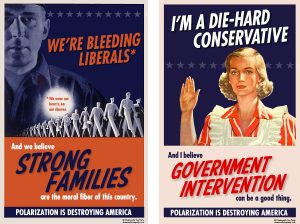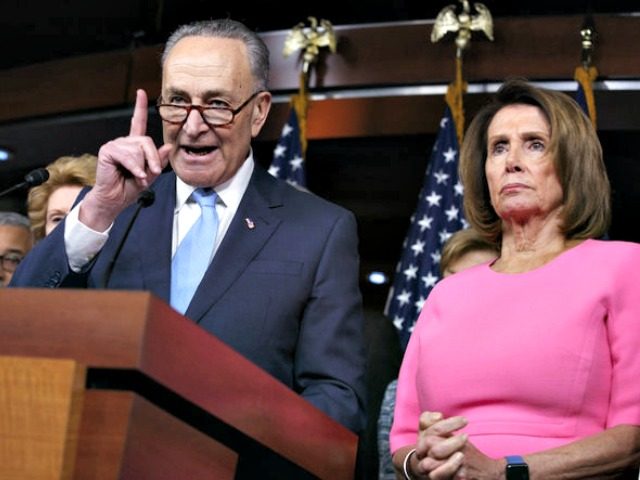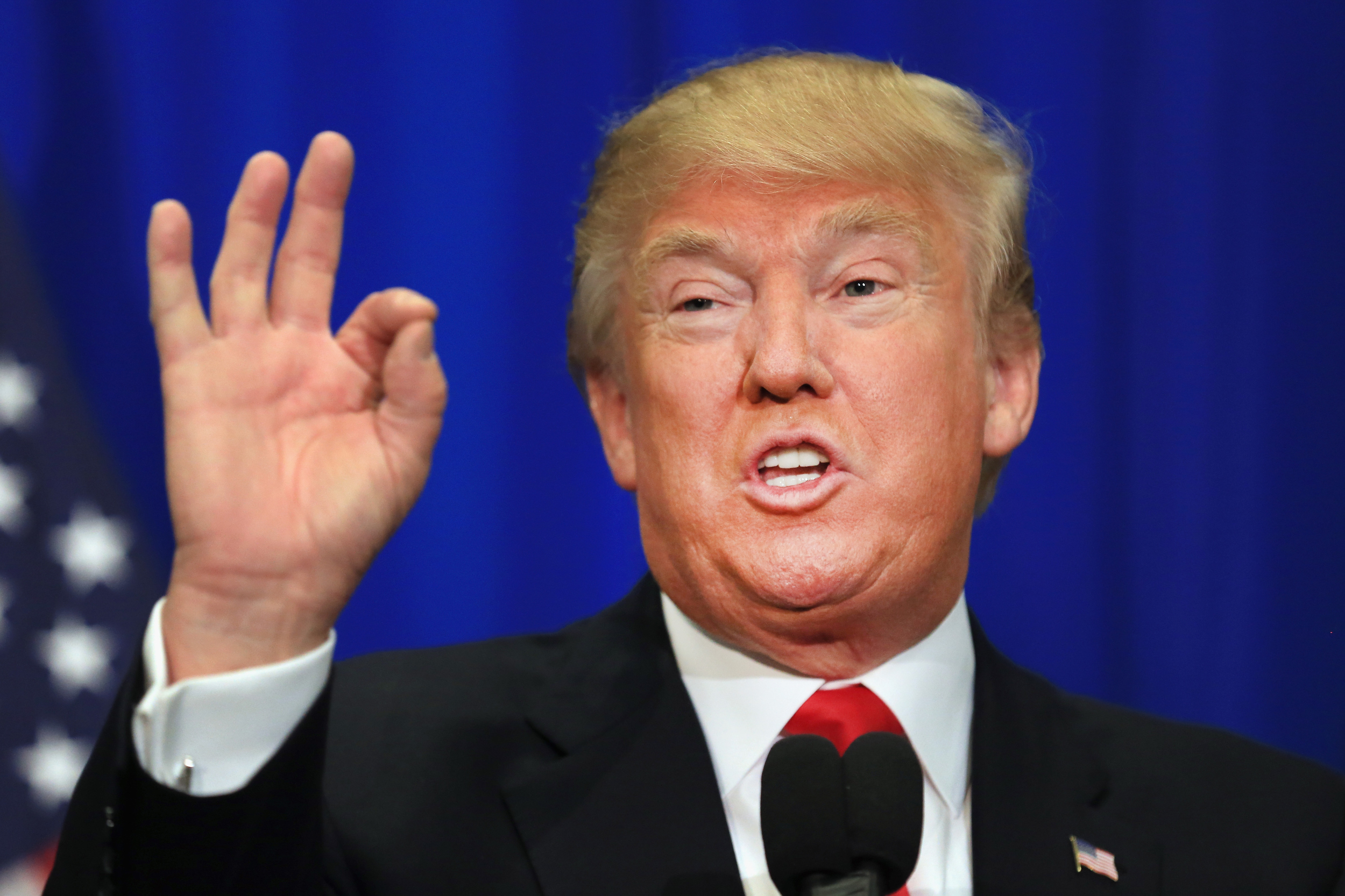By Zachary Bernknopf

This summer was another busy one for Fox News, and MSNBC. Fox News attracted an average of nearly 1.8 million viewers during primetime, and MSNBC nearly 600,000 on average. The continuing appeal of partisan cable news networks has been a key factor in the growing polarization and partisanship of America’s electorate and elected officials. Americans from both sides of the political spectrum have become increasingly locked into their ideological world views and increasingly treat those on the opposite end with hostility and contempt. Why does an ever growing number of Americans now see most opinions, institutions, people, and facts that contradict their own worldview as corrupt or false?
In order to grasp the uniqueness of the current divide, it is first helpful to understand the country’s historical ideological landscape. In 1994, when the Pew Research Center first began to measure ideological consistency, the number of Americans with consistently liberal views was 3 percent, while those holding consistently conservative views was 7 percent. 49 percent had a mix of both liberal and conservative views. In 2014 however the number of Americans holding consistently conservative or liberal views has grown. The latest poll now shows 12 percent of Americans identifying as consistently liberal and 9 percent identifying as consistently conservative. The number of Americans with mixed views has shrunken considerably to 39 percent. While those with moderate or “mixed” views still hold a plurality, more and more Americans are adopting ideologically “consistent” or partisan positions, and those adopting these positions are more insular, radical, and politically active than ever before.
Important drivers of this polarization have been the recent and dramatic changes in the U.S media landscape and the changing ways Americans consume news. Since 1994, the number of cable news networks has exploded. In 1996, both Fox News and MSNBC went on air, joining stalwarts CNN, ABC, NBC, and ABC. More recently, these six have been joined by Al-Jazeera America, Current TV, and a host of other smaller networks.
Coinciding with the proliferation of cable news outlets has been the rise of online blogs, web magazines, and social media sites. With so many niche news sources now available, it has become easier for Americans to find reporting that supports, conforms, and confirms their already-held beliefs. In this hyper-partisan, one-sided media landscape, echo-chamber radical views lacking any semblance of nuance have become the new norm. Opponents and opposing views, if presented at all, are not included to facilitate any sort of reasonable debate or challenge existing viewpoints; they are presented to be belittled, mocked, and vilified. For people living within this media environment, their beliefs become facts, moderate views become radical or reactionary, and opposing views become a threat. Unmovable and certain in the correctness of their ideology, compromise or dialogue with the other side becomes increasingly unnecessary and undesirable.
The recent rise in ideological consistency within the Democratic and Republican parties and their breakdown into regionally-based entities has also led to the adoption of harder stances on more issues. Historically, geography divided the two political parties internally, with regional factions within each party at odds with each other on a host of issues. Compromise between these different party factions, however, was commonplace and views on many issues were tempered as a result. From the 1970s onward, the two parties have sorted themselves out geographically. The Republicans monopolized power in the traditionally conservative South and Great Plains. The Democrats came to dominate the liberal Northeast and Pacific coast. Settling into their respective ideologically consistent regions, factions within the parties with any significant divergent ideologies disappeared. Lacking any moderating force, the Republican and Democratic Parties drifted further right, and left, respectively. Overlapping positions on almost any issues vanished, and “reaching across the aisle” has become a dirty phrase. Keith Poole, a Political Science professor at the University of Georgia, commented on the uniqueness of this polarization. “On almost all issues a purely partisan divide now exists,” he said “This is the first time in American history since the rise of the mass parties in the 1820s that this problem has arisen”.
Perhaps it is most important to remember that, even under normal conditions, once people have adopted a belief system, it becomes almost impossible to change it. Recent studies conducted by Northwestern and Yale Universities on entrenchment have shown just how locked into political stances one can become. With more Americans adopting hardline positions, inhabiting regions that are more ideologically homogeneous, and consuming media with a distinct ideological slant, polarization and entrenchment are issues that will continue well into the future. As Mr. Poole puts it, “Most people when they form an opinion and lock into it, they screen out contrary information. It’s very difficult to get people to change their minds.”

